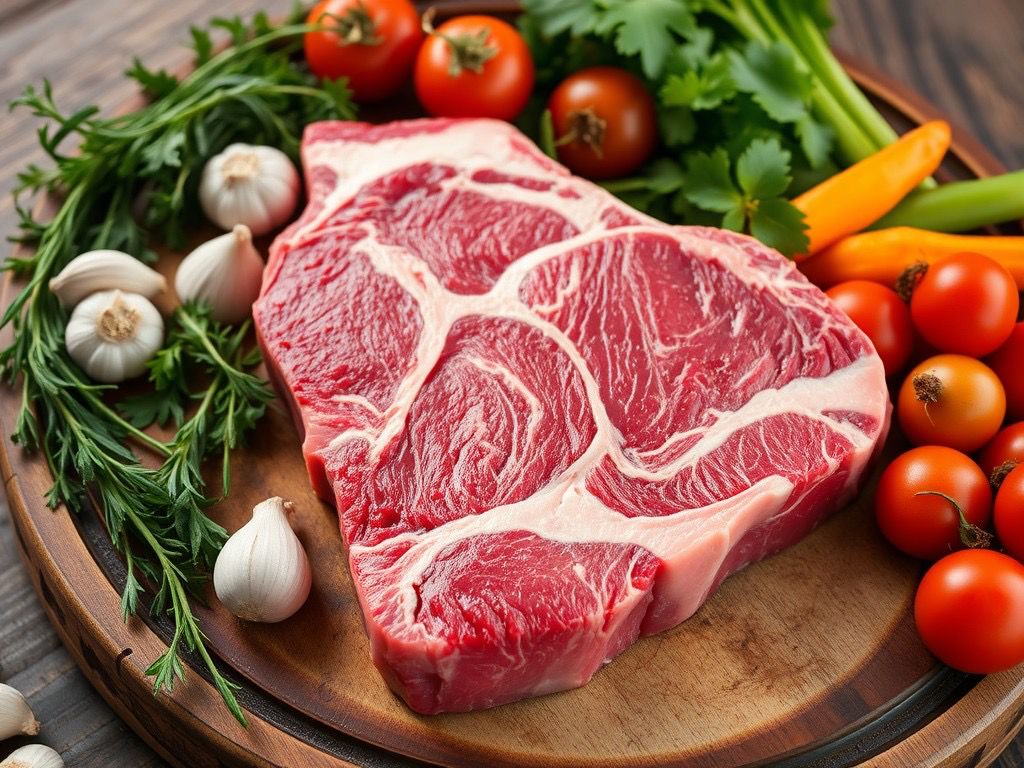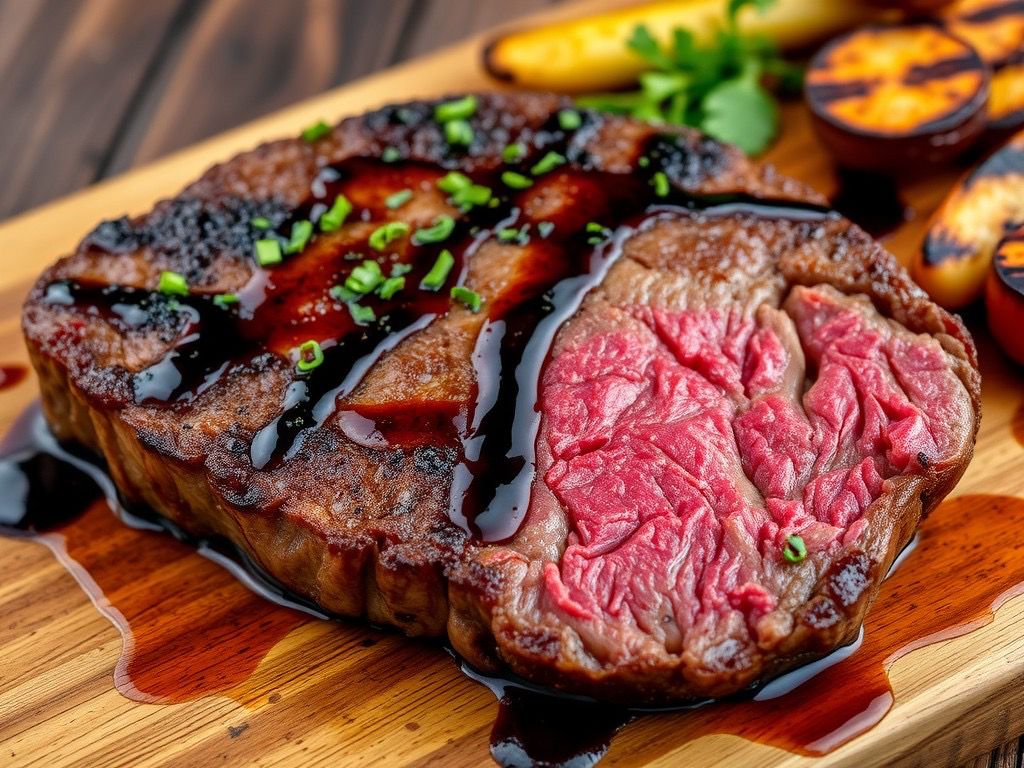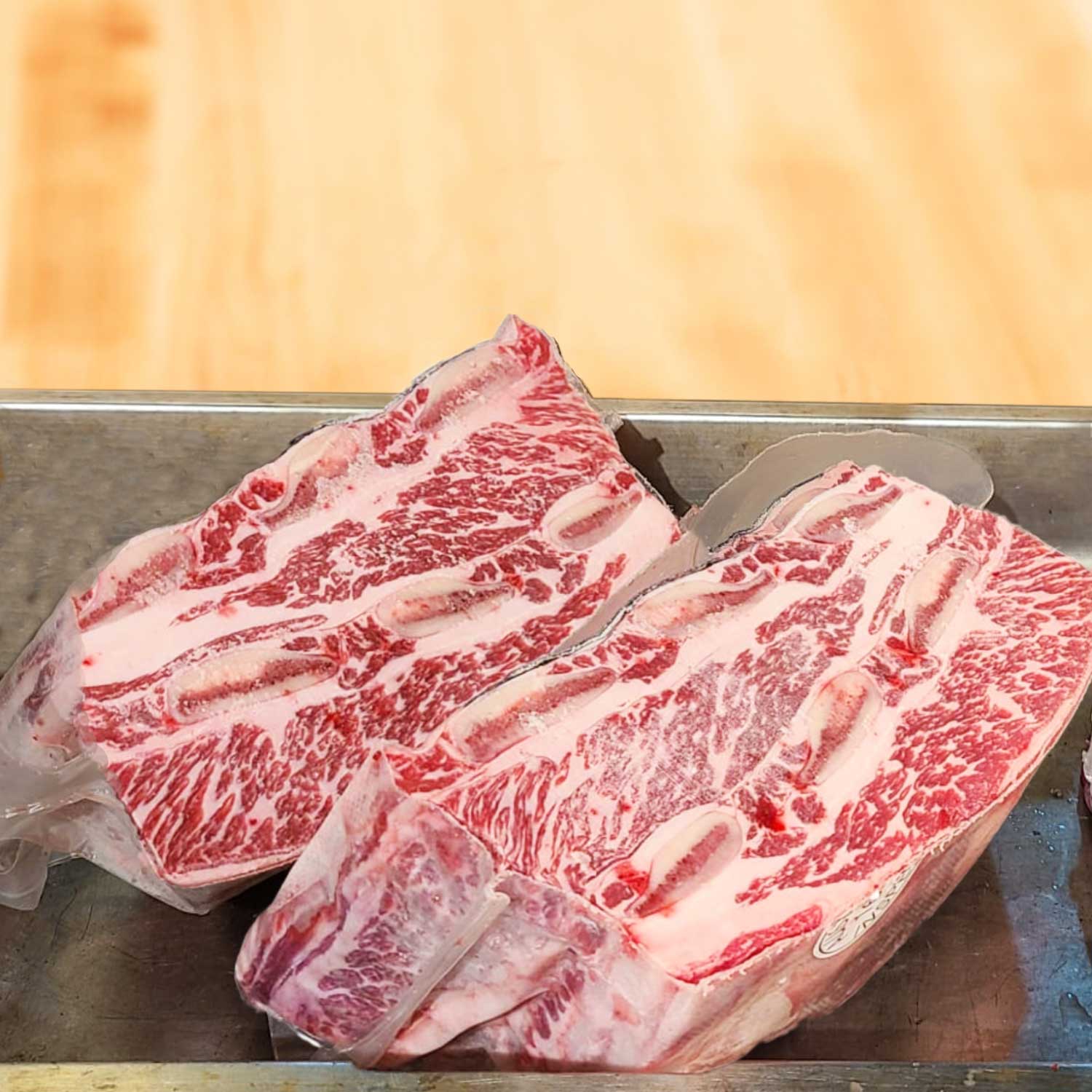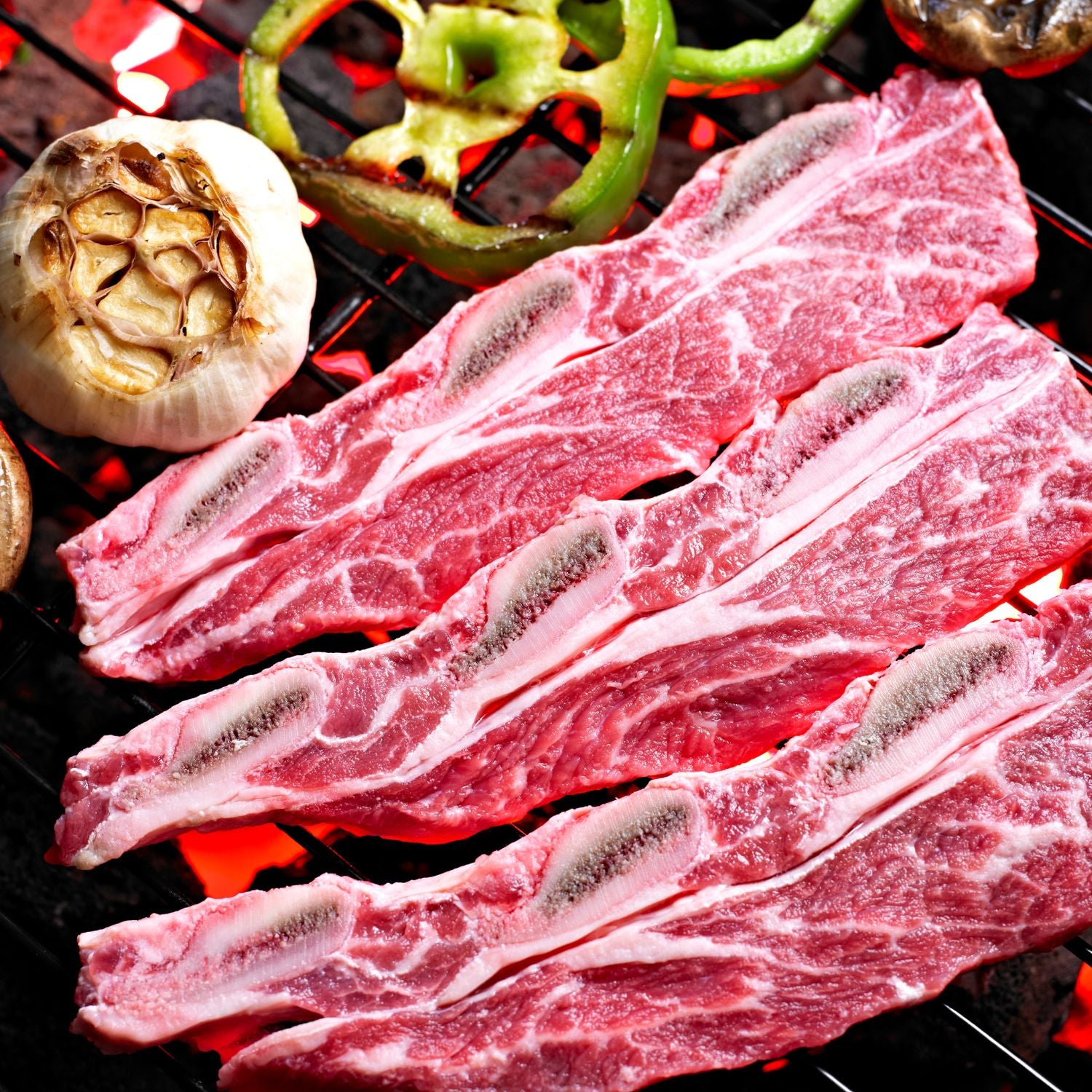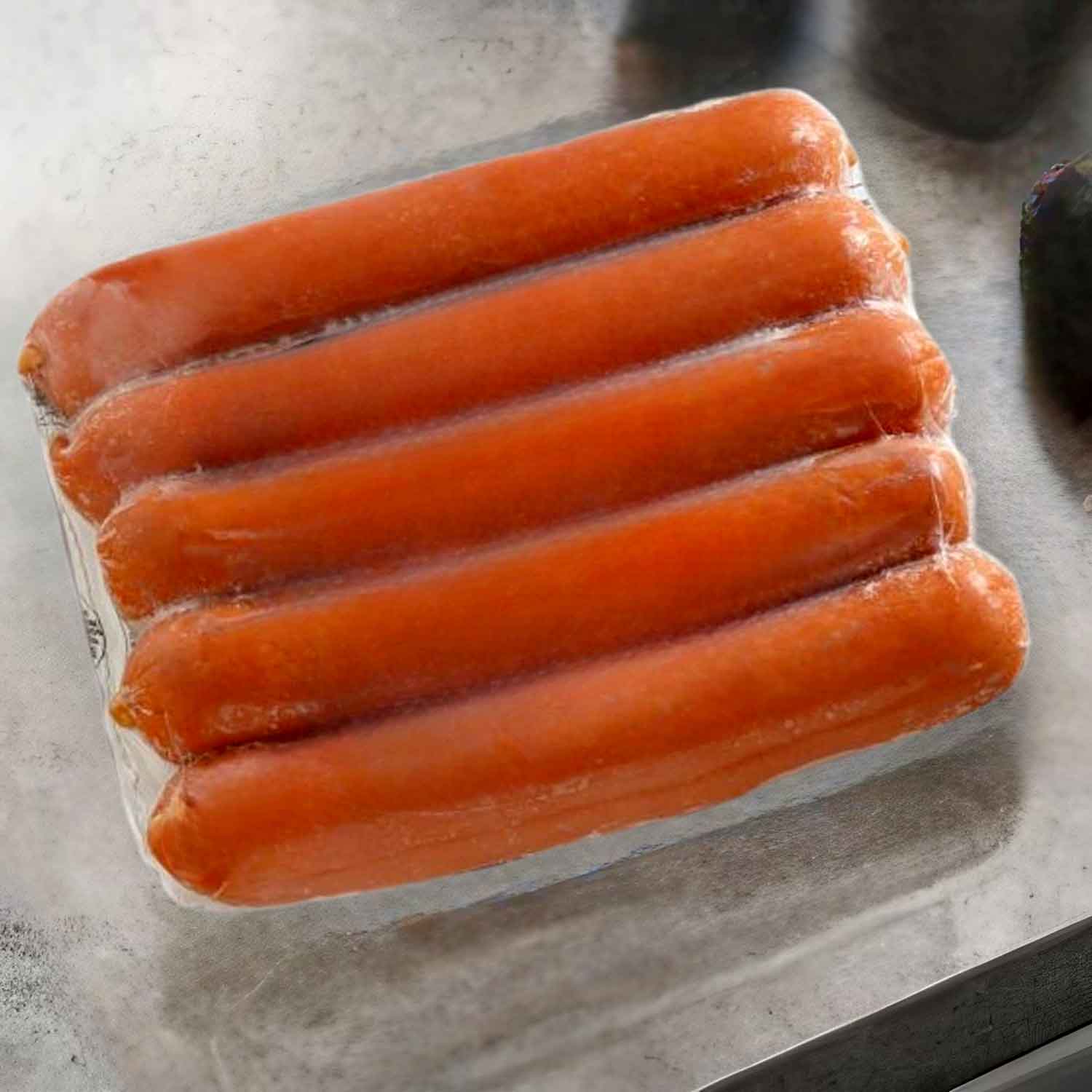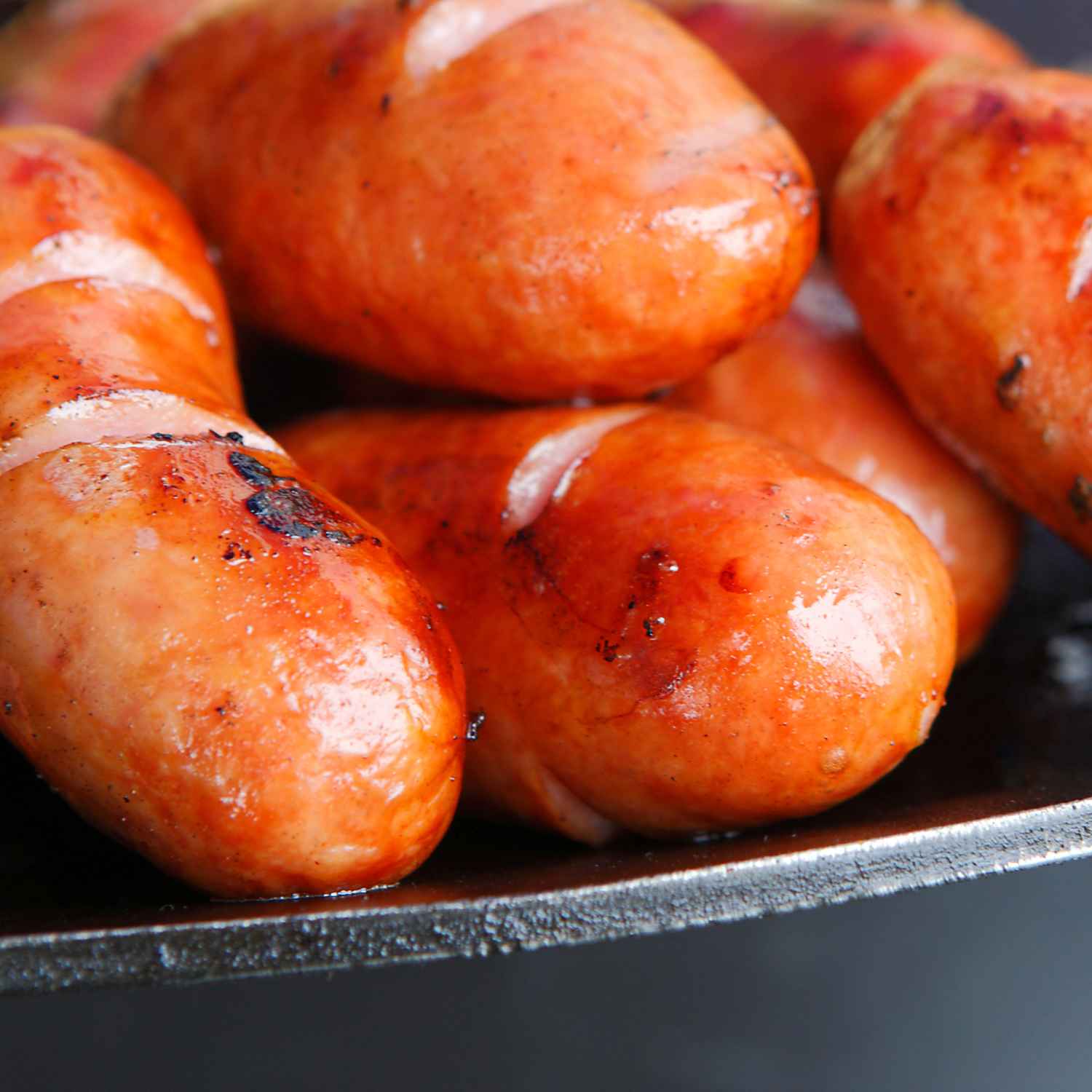Understanding Hong Kong's Beef Scene: A Culinary Journey
The Rise of Premium Beef in Hong Kong
In Hong Kong, the demand for top-notch beef is soaring. Eaters want quality and taste. Upscale supermarkets and restaurants now stock premium cuts. Imported Wagyu and Angus are favorites. Local farms also breed high-grade beef. Meat lovers enjoy more choices than ever. This beef boom shapes Hong Kong's food scene. It brings a global steak experience to the local table.

Key Factors That Influence Beef Quality in Hong Kong
Many elements impact beef quality in Hong Kong. The breed of the cattle is vital. It affects texture and taste. Feeding methods also play a role. Grass-fed often means leaner meat. Grain-fed can be richer. Ageing process is another key. Dry ageing intensifies flavor. Wet ageing keeps meat tender. Climate and region may influence beef character. Strict health standards ensure meat safety. These factors help people pick ideal beef cuts.
The Local vs Imported Beef Debate
In Hong Kong, there's a big talk about local versus imported beef. Loyal to local? Or do you vote for imported cuts? Some say local beef supports our farmers. It keeps our food's footprints low. Freshness is the banner too! Yet, others argue imported beef offers more choice. Wagyu from Japan, Angus from Australia – world-class beef at your table. We'll look into taste, price, and quality. We'll also see how importing beef affects Hong Kong's market. It's a hot debate that shapes Hong Kong's beef scene.
Essential Steak Selection Techniques for Connoisseurs
Decoding Beef Cuts: A Guide to Culinary Terminology
Knowing your beef cuts is key for picking the best steak. Each cut has its taste and tenderness. We have ribeye, with its rich marbling, perfect for grilling. Sirloin offers a balance of flavor and lean texture. Tenderloin is soft and juicy, ideal for quick searing. T-bone and porterhouse give you two cuts in one, with a bone that adds flavor. For those who love a spectacle, the tomahawk, a ribeye with a long bone, is a showstopper. Lastly, striploin is known for its fine texture and robust taste. Choose based on your taste and how you'll cook the meat.
The Importance of Marbling: Visual Insights into Beef Quality
Marbling in beef is key for succulence and flavor. These are the streaks of fat you see across the meat. Good marbling means a juicier steak. In Hong Kong, quality beef boasts high marbling. Always check for even, white specks of fat. This fat melts when cooked, enriching taste. The best beef cuts offer fine marbling throughout. Wagyu beef is renowned for its intense marbling. For quality steaks in Hong Kong, marbling is a must-see.
Selecting the Right Beef for Your Palate and Cooking Style
When choosing beef in Hong Kong, consider your taste and how you'll cook it. Here are some tips:
- For grilling, pick cuts like sirloin or ribeye. They have the right fat for high heat.
- If you like tender meat, tenderloin is best. It's lean and cooks quickly.
- For slow-cooking, choose chuck or brisket. They get tender over time.
- Wagyu beef is rich and flavorful. It's great for a special meal.
- For stir-fry, use flank or skirt steak. They're thin and cook fast.
Choose a cut that fits your cooking method and flavor preference.
Advanced Cooking Tips for the Aspiring Chef
Innovative Techniques for Preparing Steaks
Aspiring chefs in Hong Kong can elevate their steak game with some innovative techniques. Start by considering a reverse sear. This method begins with slow cooking in a low-temperature oven, followed by a quick sear on a high heat. It ensures an evenly cooked steak with a crispy exterior. Another technique is the use of a smoking gun to infuse steaks with a rich, smoky flavor, adding complexity to the taste profile. For those with a sous vide setup, experimenting with different temperatures and times can allow for precision in achieving the perfect doneness. Lastly, incorporating compound butters infused with herbs like rosemary or spices can add a final touch of flavor to your steak that elevates it from good to exceptional.
Sous-Vide and its Impact on Beef Tenderness
Sous-vide is a French term meaning 'under vacuum.' It involves sealing beef in a bag and cooking it gently in water. This low-temp method leads to unmatched tenderness. During the process, beef fibers don't tighten up aggressively. This keeps the meat soft and juicy. Sous-vide allows precise temperature control. Chefs can hit the ideal level of doneness every time. From rare to well-done, sous-vide does it all without loss of moisture. It's perfect for high-quality Hong Kong beef cuts. The method gives a consistent texture throughout. The tenderness you get is hard to achieve with traditional cooking. To try this at home, you’ll need a sous-vide machine. It's an investment for steak lovers who crave perfection in tenderness.
Pairing Wines with Different Types of Steaks
- Begin with light-bodied wines for delicate steaks like filet mignon.
- Choose medium-bodied wines to complement the flavor of sirloin or striploin.
- Opt for bold, full-bodied reds for fatty cuts such as ribeye or wagyu.
- Consider the seasoning and sauce used on the steak when selecting a wine.
- Explore regional pairings, like Bordeaux with grass-fed beef or Barolo with dry-aged steak.
- Don't forget white wines; a buttery Chardonnay can enhance a salmon steak.
- Sparkling wines can be a fresh match for grilled or barbecued beef.
- For a unique twist, pair sake with wagyu steaks to honor their Japanese origins.
- Always serve the wine at the right temperature to maximize its pairing potential with the steak.














